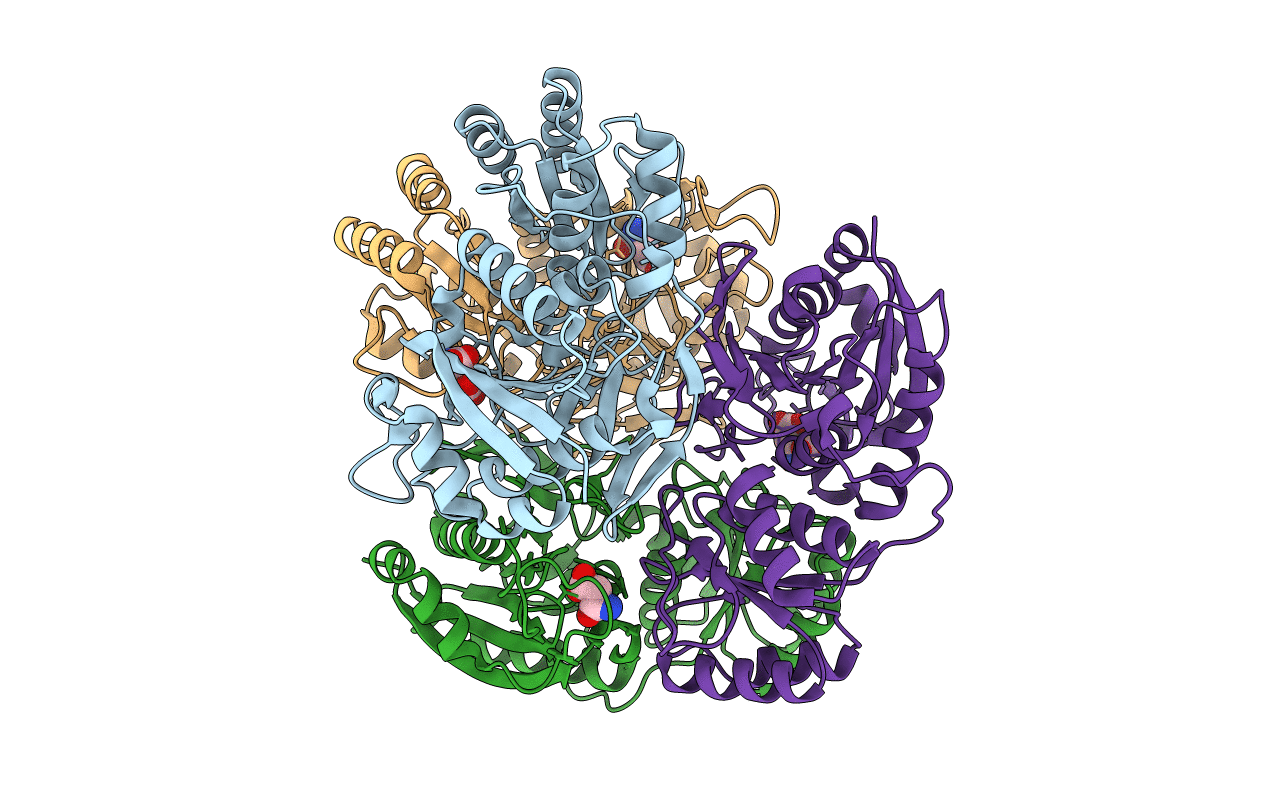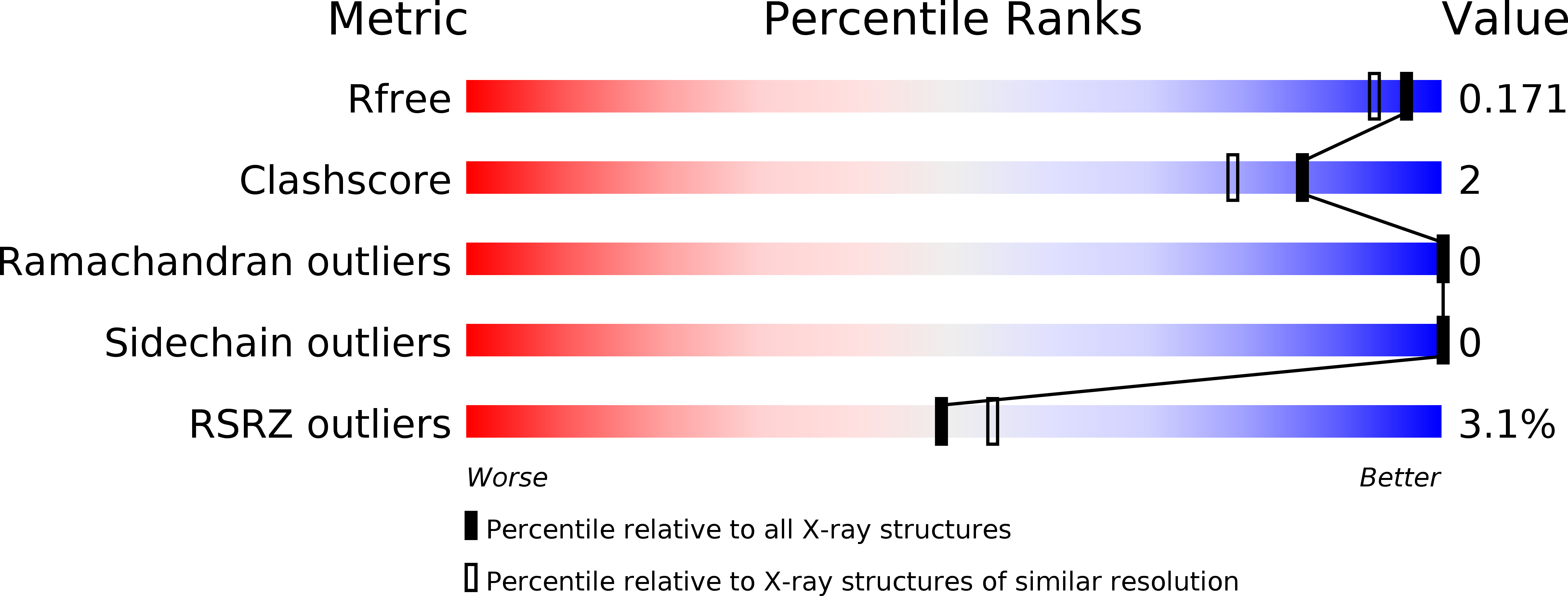
Deposition Date
2016-02-11
Release Date
2016-07-06
Last Version Date
2023-09-27
Entry Detail
PDB ID:
5I48
Keywords:
Title:
Erwinia chrysanthemi L-asparaginase A31I + E63Q mutation + Aspartic acid
Biological Source:
Source Organism:
Dickeya chrysanthemi (Taxon ID: 556)
Host Organism:
Method Details:
Experimental Method:
Resolution:
1.50 Å
R-Value Free:
0.17
R-Value Work:
0.12
R-Value Observed:
0.12
Space Group:
P 21 21 21


